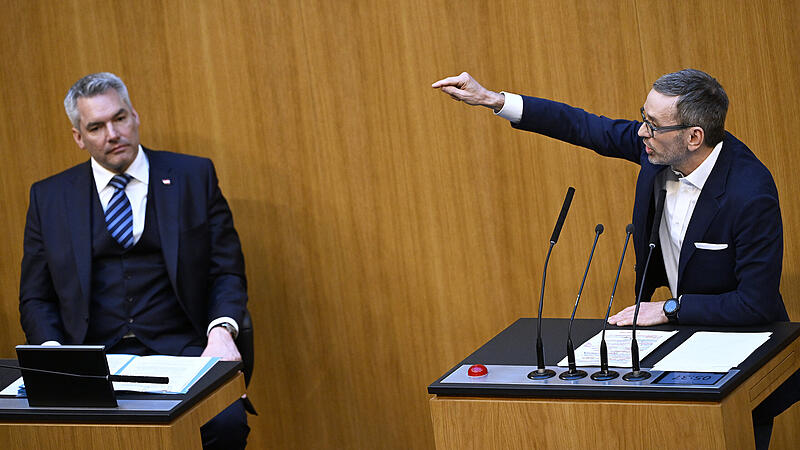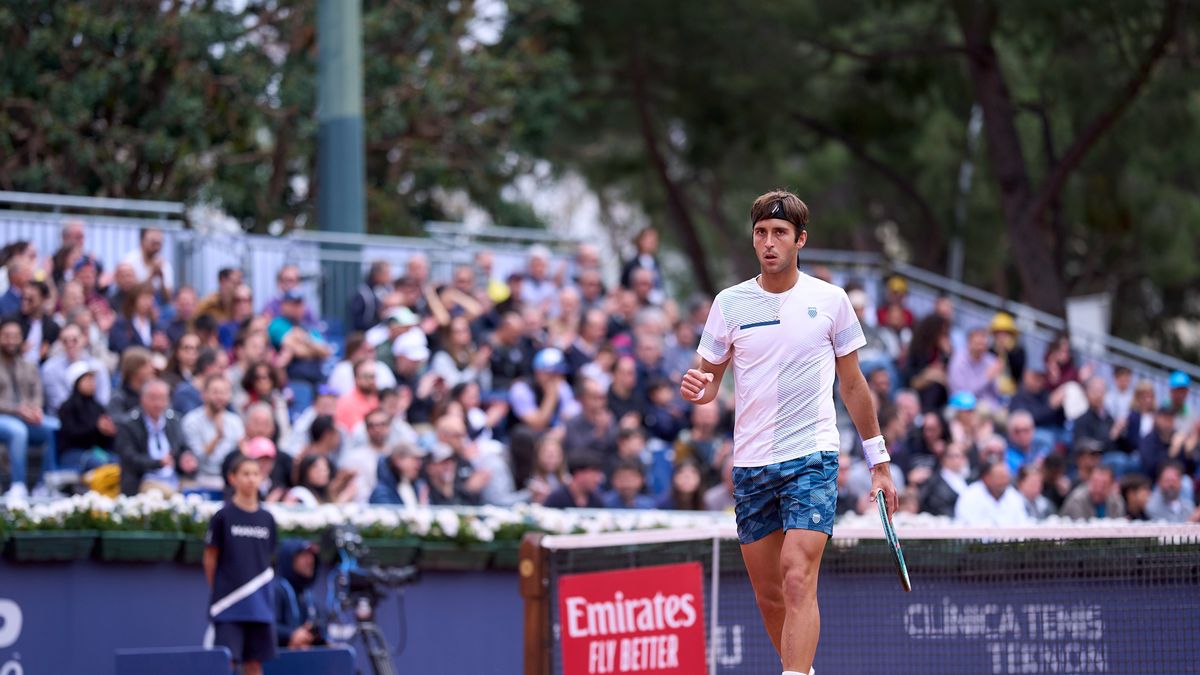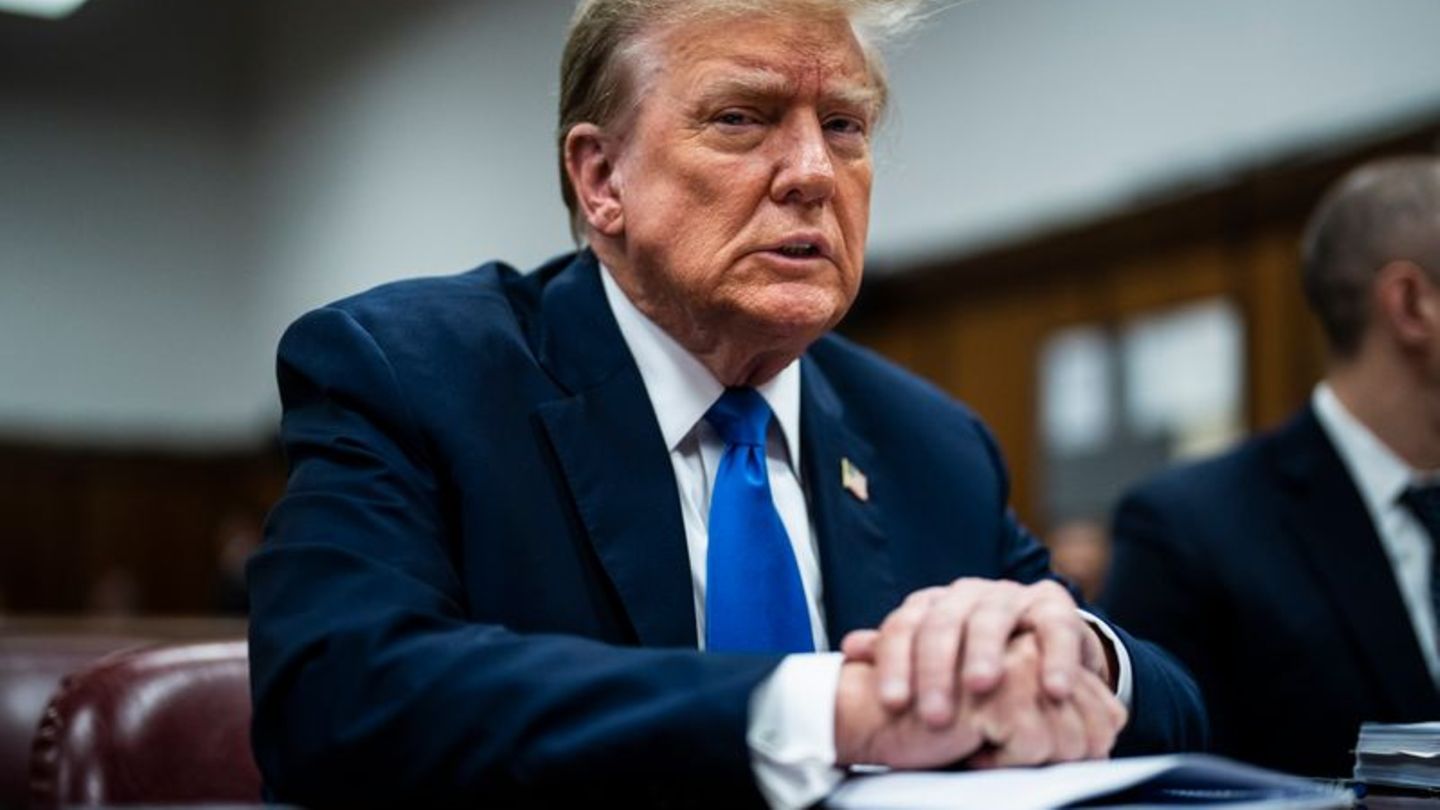Image: APA/ROBERT JAEGER
In a survey by Peter Hajek for ATV (500 respondents), 54 percent spoke out against such a government constellation, while 35 percent would be in favor of it. In an OGM survey for the “Kurier” (almost 2,300 respondents in two waves, fluctuation range 2 percent), 19 percent name a cooperation between the FPÖ and the ÖVP as their favorite coalition variant. In the Sunday question, the FPÖ is still ahead.
Approval and rejection in terms of the FPÖ-ÖVP coalition differ greatly depending on the respective party preference: According to the Hajek study, 81 percent of FPÖ and 61 percent of ÖVP voters want blue and black, the rejection is among supporters of the People’s Party however, significantly higher (37 versus 14 percent for FPÖ supporters). Among the Greens and SPÖ voters, nine out of ten reject the blue and black in the federal government.
Chancellor Kickl “not very likely”
“Even if a clear majority is against a blue-turquoise coalition, the only thing that matters for the ÖVP is its own electorate – and they see it as anything but critical with 61 percent approval,” Hajek analyzed the result in a broadcast on Sunday . From the current perspective, it is “not very likely” that FPÖ leader Herbert Kickl could be made Chancellor by the ÖVP.
Current statements by ÖVP proponents also support this thesis. Salzburg’s governor Wilfried Haslauer (ÖVP) is currently negotiating with the FPÖ about a coalition in his state, but at the same time continues to distance himself from the head of the federal FPÖ. “The problem of the FPÖ is Kickl in his derogatory tonality,” he emphasized in an interview on Sunday.
For ÖVP Constitutional Minister Karoline Edtstadler, too, an FPÖ-ÖVP coalition after the next election is “pure speculation”. “For me, liberals who propagate Putin’s propaganda in the National Council, who advocate an ‘Orbanization’ of Austria, who speak of a fortress in Austria, are a specter,” she said in the “Kleine Zeitung”. And: according to custom, the strongest party will be tasked with forming a government after the election. But there have also been other variants, she reminded of the year 2000. “Perhaps three-way constellations are also possible.”
FPÖ is ahead of the game when it comes to Sunday questions
In the Sunday question, the FPÖ is still ahead: according to the OGM survey, 28 percent would vote for the FPÖ, 23 percent for the ÖVP, 20 for the SPÖ and nine percent each for the Greens and NEOS. In the aftermath of the Salzburg election, the KPÖ would also come to seven percent. In a fictitious direct election, ÖVP Chancellor Karl Nehammer would have the most votes with 24 percent, closely followed by FPÖ leader Kickl with 22. SPÖ leader Pamela Rendi-Wagner, currently in a three-way battle for party chairmanship, would have 16 percent .
According to the survey, the most popular coalition variant among those surveyed would be a government made up of SPÖ, Greens and NEOS (32 percent), followed by a collaboration between SPÖ and ÖVP (23 percent) and ÖVP and FPÖ (19 percent). The variants ÖVP-Greens-NEOS and SPÖ-FPÖ would each be preferred by ten percent of those surveyed.
Source: Nachrichten




